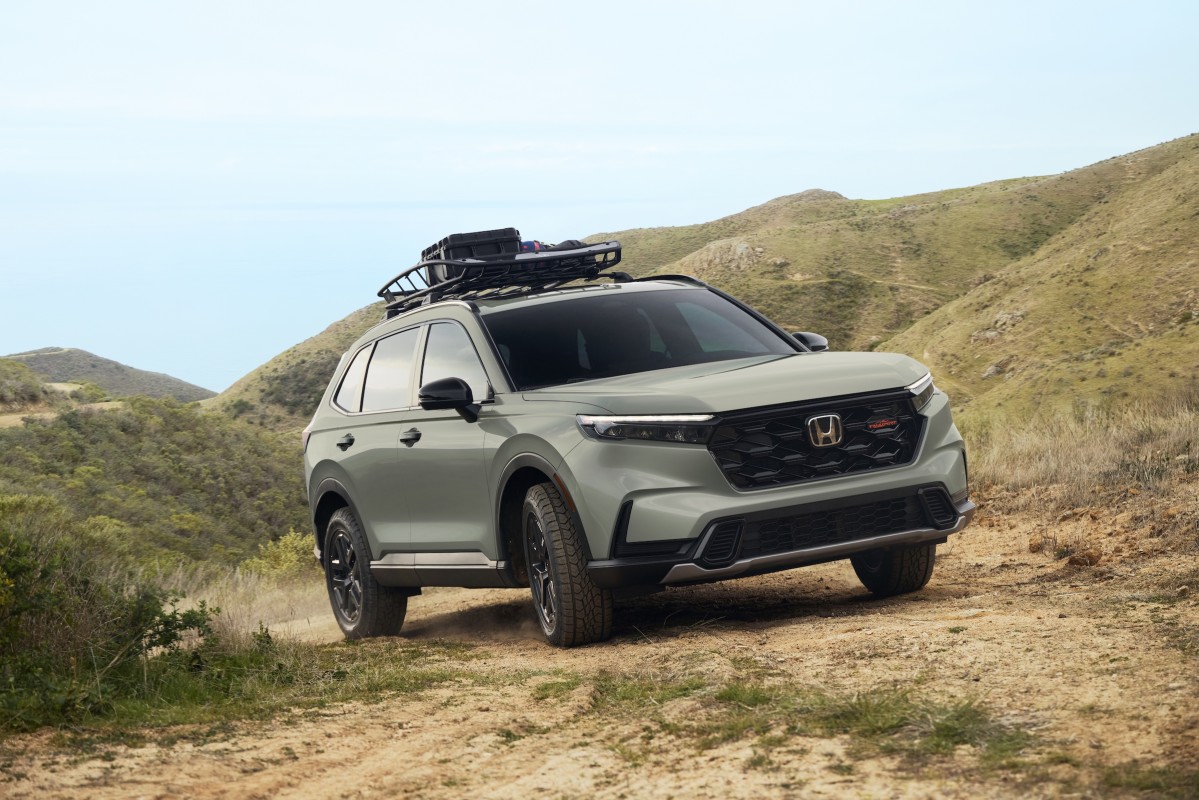PARIS, June 15 /PRNewswire/ -- Lockheed Martin (NYSE: LMT - News) is celebrating the 25th anniversary of the world's first hit-to-kill intercept of a ballistic missile target outside the earth's atmosphere. The U.S. Army's Homing Overlay Experiment vehicle, developed by a Lockheed Martin-led team, destroyed a test missile above the Pacific Ocean June 10, 1984. This proved the ability to destroy enemy missiles with sheer force of impact, without explosive warheads on the interceptor, to minimize lethal effects on the ground.
More hit-to-kill technology success followed with Lockheed Martin-developed systems, including: the Exo-atmospheric Re-entry Interceptor Subsystem vehicle, which successfully intercepted a target in 1991; the Payload Launch Vehicle, which achieved five midcourse intercepts with the Exo-atmospheric Kill Vehicle from 1999 to 2002; and the Ground-based Midcourse Defense Boost Vehicle Plus booster, which made a successful demonstration flight test in 2004.
Since the 1980s, the technology debuted by the Homing Overlay Experiment has been proven in more than 40 successful intercept tests. Systems using hit-to-kill technology today include the U.S. Ground-based Midcourse Defense, the sea-based Aegis Ballistic Missile Defense, the Terminal High Altitude Area Defense, and the Patriot Advanced Capability-3 Missile, as well as the Medium Extended Air Defense System being developed by the United States, Germany and Italy.
Headquartered in Bethesda, Md., Lockheed Martin is a global security company that employs about 146,000 people worldwide and is principally engaged in the research, design, development, manufacture, integration and sustainment of advanced technology systems, products and services. The corporation reported 2008 sales of $42.7 billion
Open Casting for "Jesus Christ Superstar"
-
[image: Open Casting for Jesus Christ Superstar]
Would you wish to expose your acting, dancing and singing chops in a local
production?
The Argenta Commu...
12 years ago


















No comments:
Post a Comment